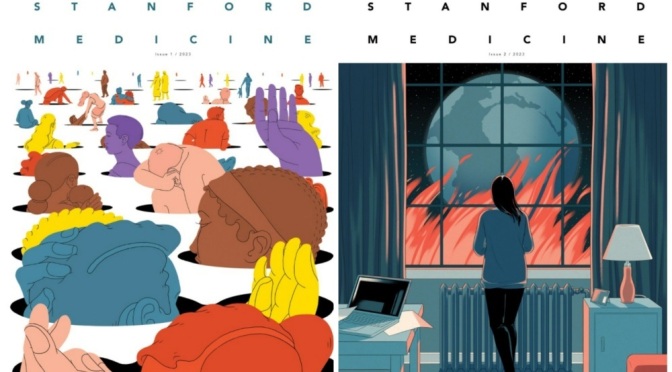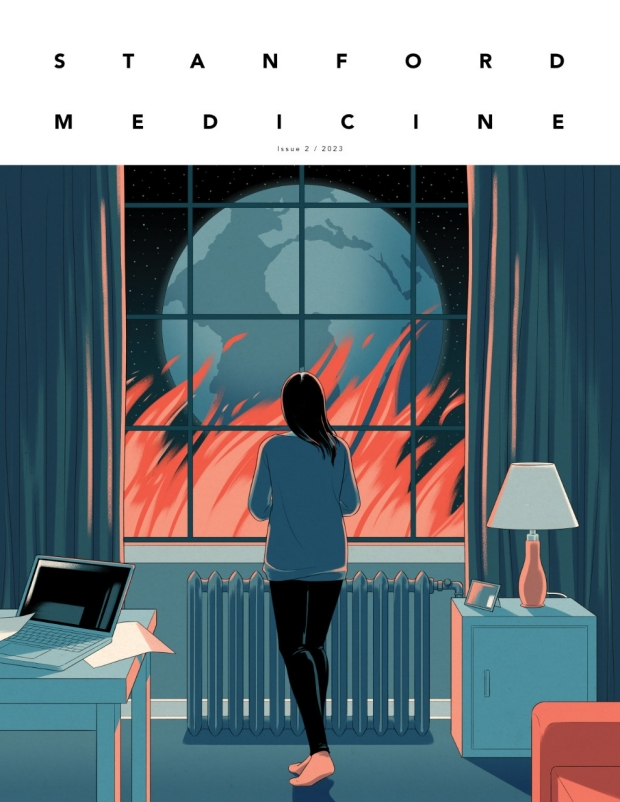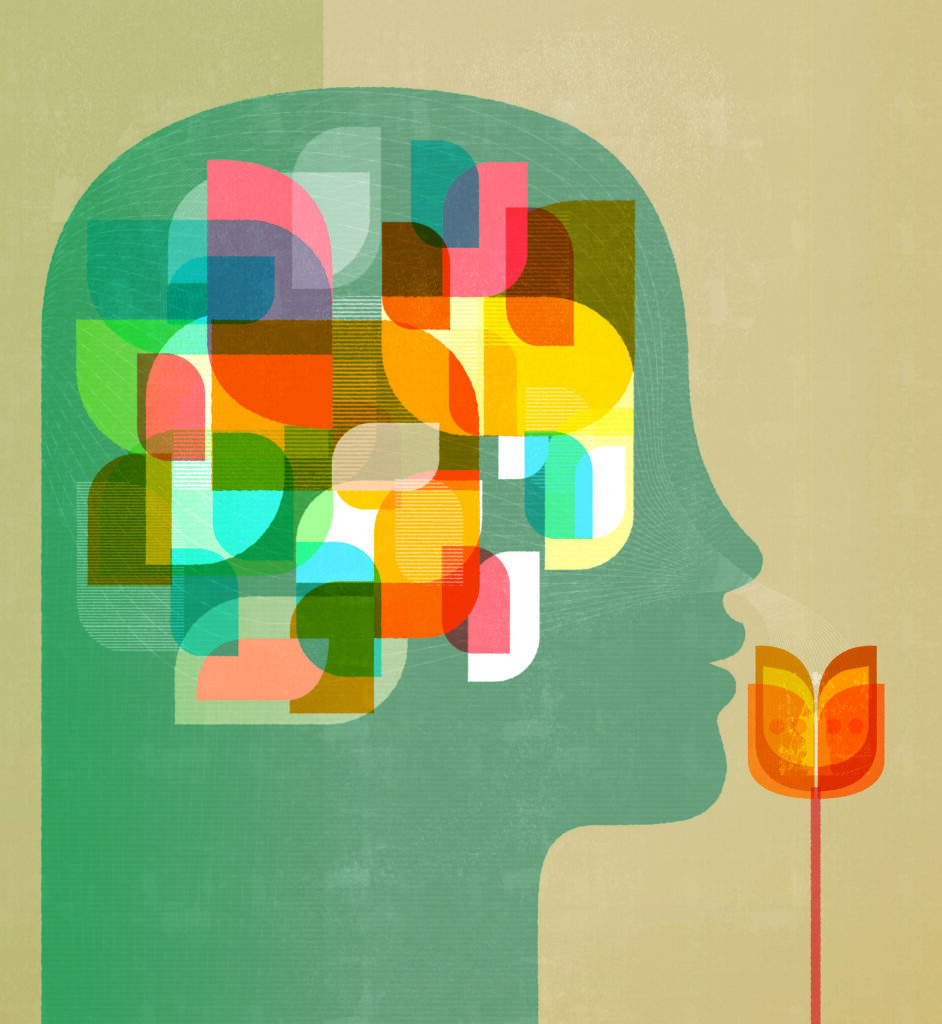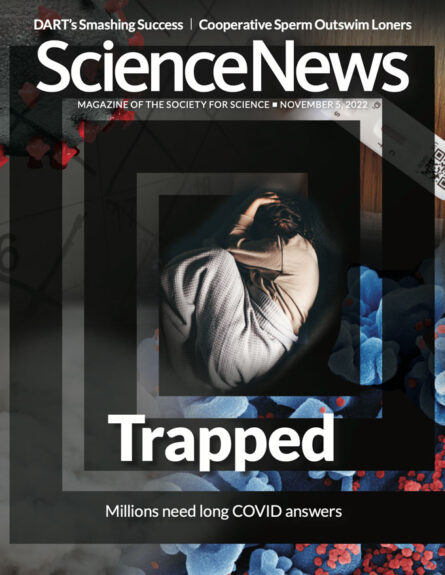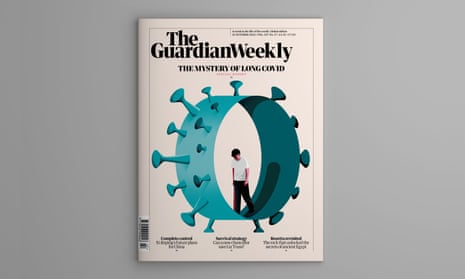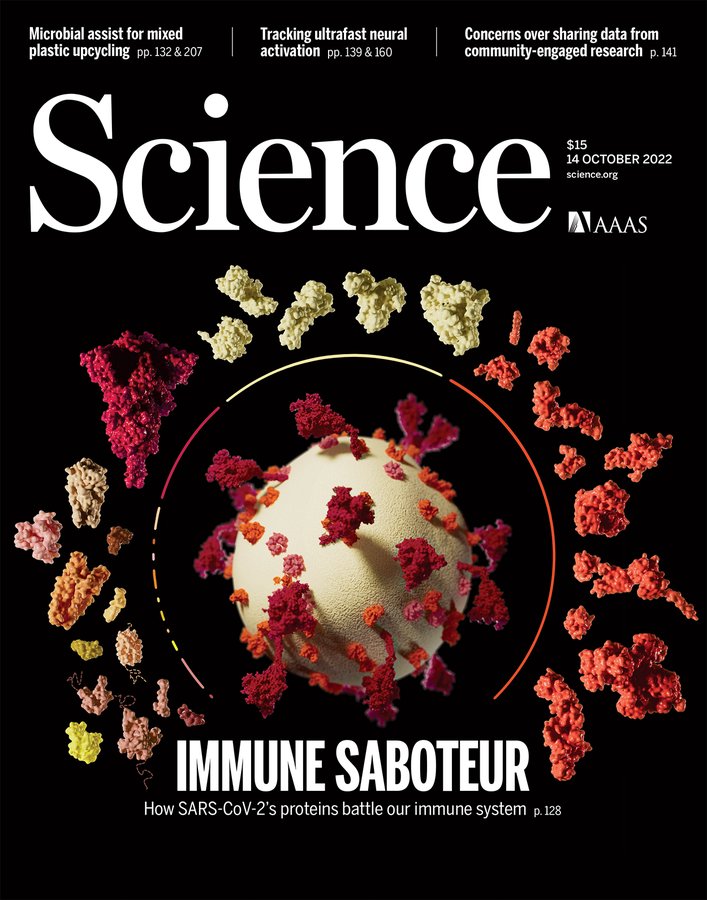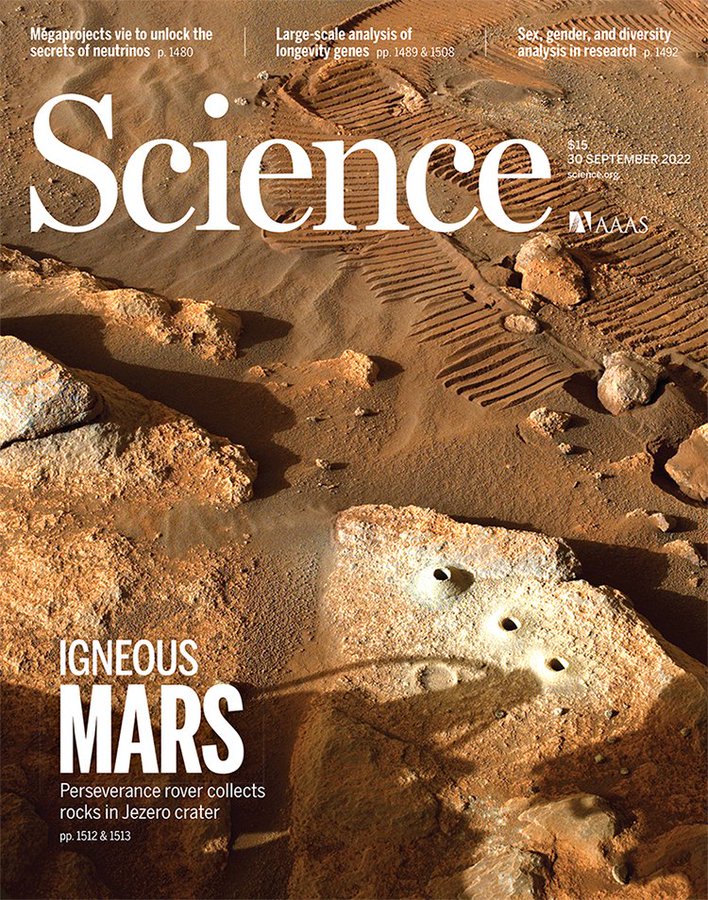
Commentary Magazine (February 10, 2024) – The latest issue features ‘Power Broke Her’ – The Rise and (Maybe) Fall of Lina Khan; The ‘As A Jew’: A Brief History; What Putin and Xi have in Common; Hostages – What Price is Too High?; On Joan Didion and more…
The Power Broke Her
The Rise and (Maybe) Fall of Lina Khan
Lina Khan was pleased with her progress. Appearing before the Economic Club of New York in July 2023, she outlined her vision as the chairman of the Federal Trade Commission under Joe Biden and its success so far. Never mind the fact that, just days earlier, a federal court had delivered her agency yet another high-profile setback.
Is AI Just Theft Under Another Name?

The magazine Popular Mechanics, where I once worked, used to have a column called “Saturday Mechanic.” It was a guide to basic car repair for the weekend tinkerer, and its author had decades of experience both in fixing cars and writing about them. Nonetheless, for each column, he would perform the task in question, carefully documenting each step with photographs. It was a lot of work, in other words.





